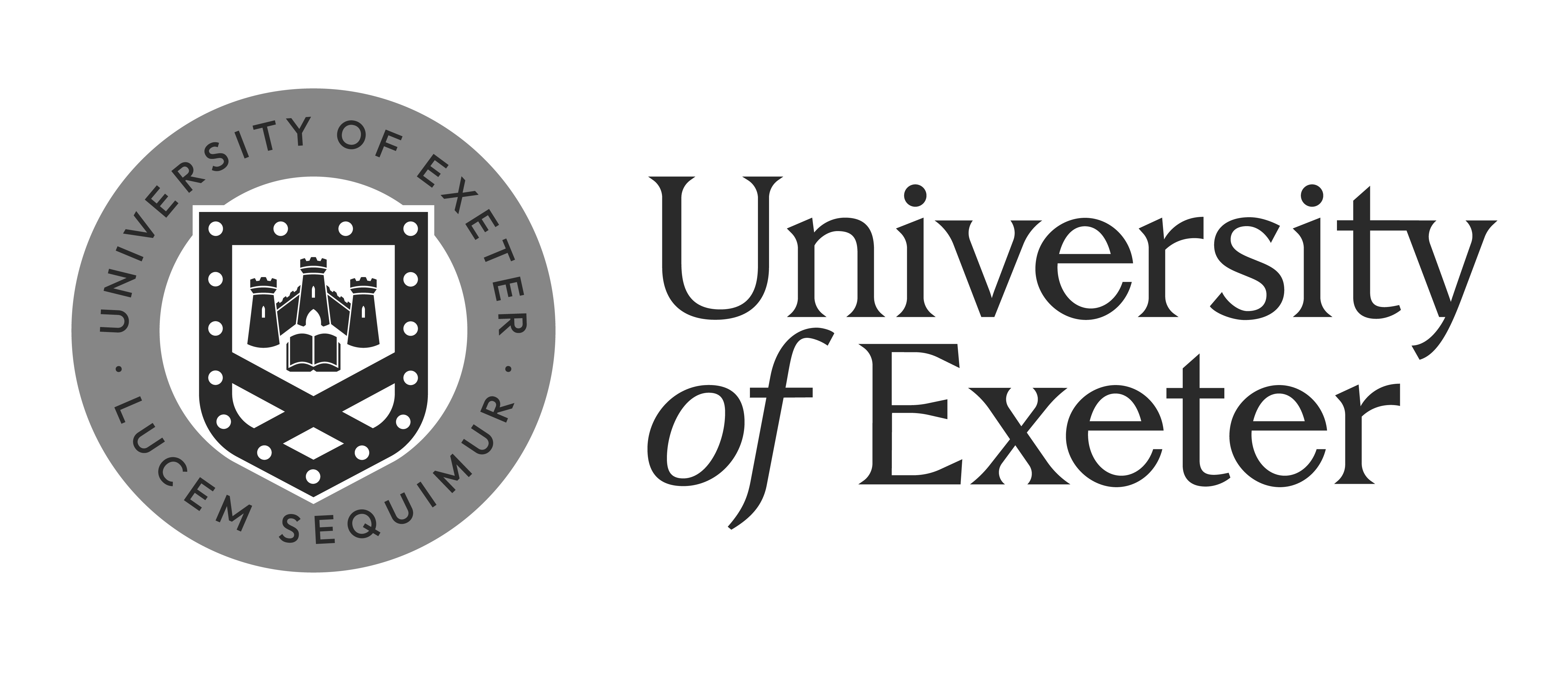F2526 Jewish History from Columbus to Israel
Professors
Schedule
Course description
The aim of this course is to offer a broad yet deep introduction to modern Jewish History. It highlights the ways Jewish history shaped Jewish memory and interrogates historical narratives of Jewish catastrophe, exile, and redemption. The Jews have lived for two and half millennia as a diaspora, an ethnic and cultural minority, interacting with Christians, Muslims, and many cultures, usually having some cultural autonomy, sometimes persecuted, but never having political power. They have been in Venice for a millennium. For the last 77 years, the Jews have had a state and have been almost universally accepted around the globe. This is a great anomaly in Jewish history. How should historians tell the story of the global Jewish Diaspora? What can the history of Venetian Jews tell us about Europe, the Port Jews, and global Diaspora?
European Jewry emerged in modern times as the largest and most prosperous, but its story began with a catastrophe that radically reshaped Jewish geography, demography, and memory – the 1492 expulsion from Spain. Our first subject is the expulsion’s reshaping of the global Jewish diaspora, from the Americas to Amsterdam and Venice to the Ottoman Empire, Palestine and India. Next, we focus on the Port Jews of Venice and Amsterdam and their culture, highlighting Spinoza. We then move east with European Jewry, to Poland, where Jewry established in the 16th century autonomous political and communal structure (the Kehillah) and developed a flourishing talmudic culture. Until the Holocaust, it was the largest Jewish center. Next, we discuss the Lurianic Kabbalah and its spread to Italy and Eastern Europe, then the rise of Chassidism. In 1666-67, the Jewish Diaspora was seized by messianic fervor, and Sabbatianism remained an underground movement all the way to modernity. It reached the Jews in Venice: living in the ghetto, Jews enjoyed a rich religious culture and developed conversations with Christians inspired by Sabbatiamism.
Western European Jews went modernization in the 18th and 19th centuries through secularization, acculturation and modernization. With the Haskalah (Jewish enlightenment), they became immersed in the national culture, and with political emancipation – the extension of citizenship rights in the aftermath of the French Revolution – they aspired to find a home in the modern nation state, and become French, German, and Italian citizens. In contrast, Eastern European Jews in Poland and Russia, and Mizraḥi Jews in North Africa and the Middle East, retained traditional Judaism and guarded their communal and cultural autonomy, preferring pluralist empires to nation states. But they, too, experienced modernization of Jewish educational institutions (the cheder and yeshivah) and the formation of radical intelligentsia, alienated from religion. In the United States, several waves of migration from Europe created a new Jewish center, exceptional for its successful Jewish integration. Both acculturated and traditional Jews resisted newly emergent Zionism – the Jewish national movement – in the 1880s and 1890s, which formed in response to racial antisemitism and pogroms against the Russian Jews. Zionist settlers established growing communities in Palestine, assisted by the British Mandate after World War I, but meeting with increasing Palestinian resistance. Until Nazi Germany and its collaborators destroyed European Jewry in The Holocaust, the Zionists remained a minority of Jews, albeit a growing one. With the murder of European Jewry ends the modern period in Jewish History.
In the post-Holocaust world, the global Jewish Diaspora has two Jewish centers – the “Jewish state” in Israel and the U.S. A growing number of Jews reside in Israel (about half – unprecedented) and identify with it. The Israeli – Palestinian conflict absorbs Jewish politics, the Jewish imagination, Holocaust commemoration, and the telling of Jewish history. It is a major task of this course to free Jewish history and memory from the entrapment of the present.
Learning outcomes
Students will be able to:
Understand the basic features of Jewish history and speak with some familiarity about it.
Understand the conceptual problems of writing Jewish history.
Acquire familiarity with Jewish historiography and analyze critically historical arguments.
Read historical documents with a measure of hermeneutic sophistication.
Conduct research and complete a teaching presentation of a problem in modern Jewish history.
Teaching and evaluation methods
Weekly posts (reading analysis) – 40% (Weekly posts due 24 hours before class. Posts should ideally result in an exchange among students.)
Final Group Project – 20%
(PowerPoint Presentation of a topic by a group of 3-5)
Final Oral Exam – 20% (A written exam under supervision may be requested.)
(A synthetic question; several questions distributed before for students to prepare)
Class Participation – 20% Class attendance required.
Most classes will feature seminar-style PowerPoint presentations interspersed by discussion. Class participation is encouraged, regularly evaluated, and graded twice, at midterm and end of course.
Use of AI is prohibited. Posts are regularly checked against AI tools and violators will receive reduced or no grade.
Bibliography
John Efron et al., The Jews: A History, 3rd ed. (Routledge 2019). Please note: pagination is different for the earlier editions.
Primo Levi, Survival in Auschwitz (various editions).
Moses Mendelssohn, Jerusalem, trans. by Allan Arkush (Hanover and London: University Press of New England, 1983).
The Jew in the Modern World: A Documentary History, compiled and edited by Paul Mendes-Flohr and Jehuda Reinharz, 3rd ed. (New York: Oxford University Press, 2011).
Last updated: June 12, 2025


















